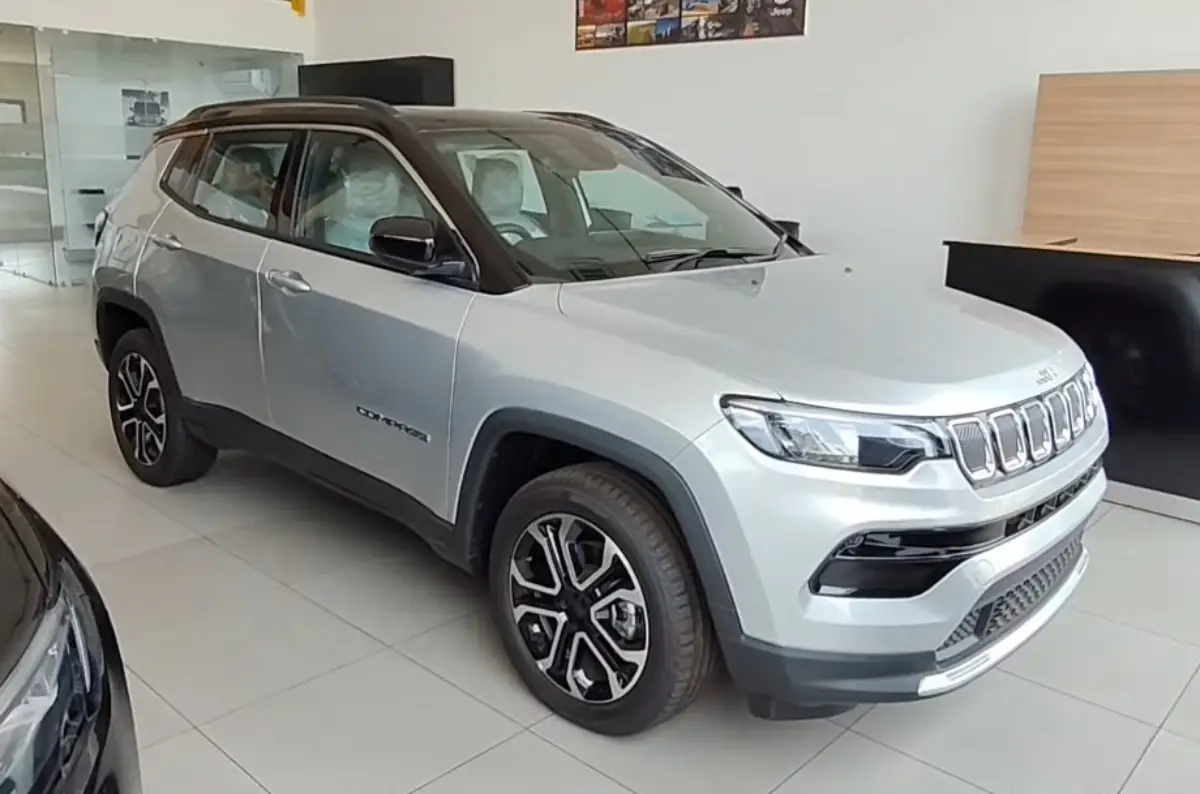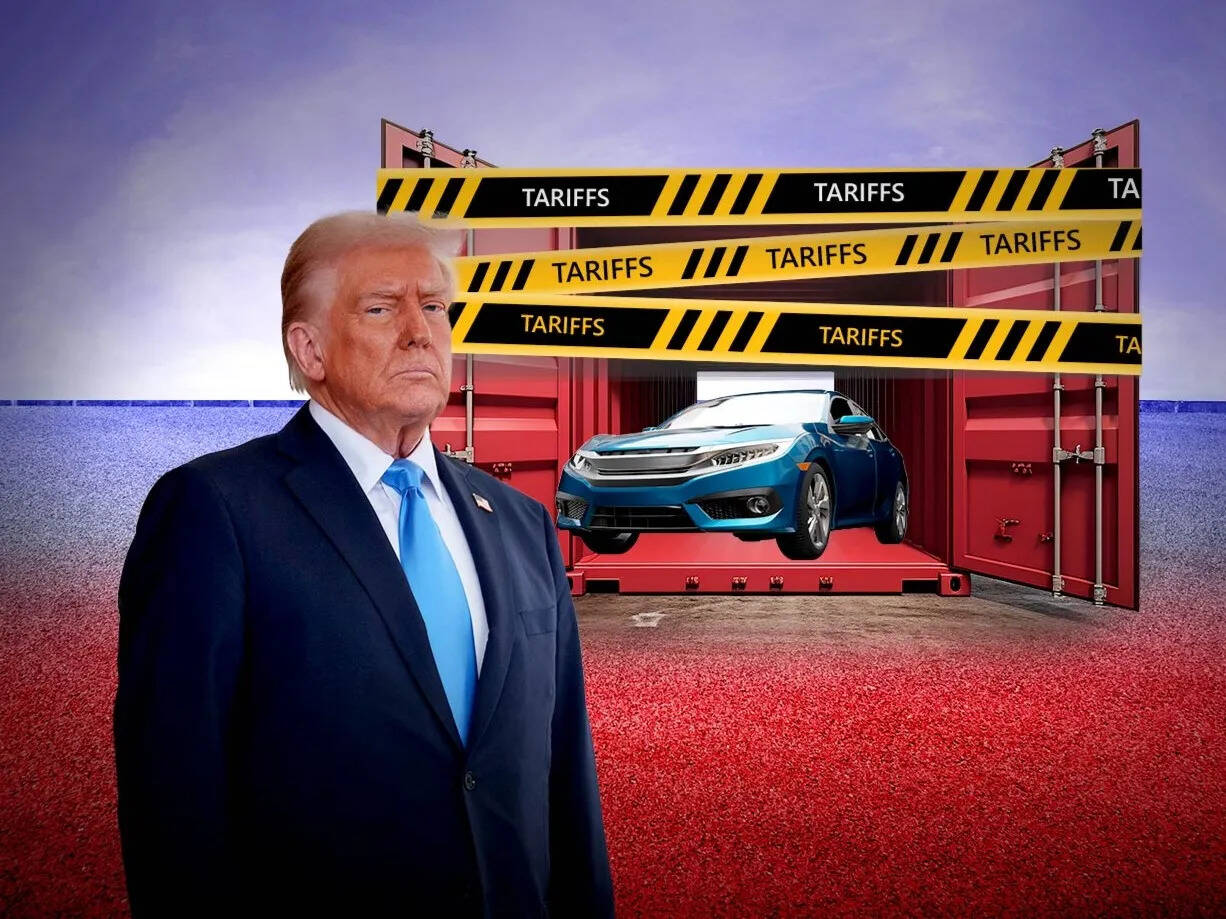 Nissan’s decision triggered speculation that the company may exit the Indian market, much like American carmakers Ford and General Motors in the past.
Nissan’s decision triggered speculation that the company may exit the Indian market, much like American carmakers Ford and General Motors in the past.Nissan Motor Co has a defined product introduction plan for India, where it intends to continue its operations, global CEO Ivan Espinosa told ET, dispelling speculation that the Japanese automaker could exit the market.
“India is a very important market for Nissan and we’re in India to stay,” said Espinosa. “We have a very clear roadmap of our product portfolio and also the capacity required to produce these vehicles.”
Elaborating on the plans, he said, “In the next 18 to 24 months, we will have a lot of activity of product introduction for India…these vehicles will not only be for India, but they will also be exported to many, many markets around the world.”
The top Nissan executive’s comments follow partner Renault SA announcing this March the acquisition of the former’s 51% stake in a car manufacturing joint venture factory in Tamil Nadu. Post completion of the deal, Renault Nissan Automotive India Pvt Ltd (RNAIPL) will become a wholly owned unit of the French automaker. RNAIPL would eventually evolve into a contract manufacturer for Nissan, producing existing and new models slated for launch in India and for exports.
Nissan’s decision triggered speculation that the company may exit the Indian market, much like American carmakers Ford and General Motors in the past.
Espinosa clarified that Nissan’s decision to cut industrial footprint to 10 vehicle plants globally from 17 is part of the company’s plan to trim costs, leverage partnerships wherever feasible, and channel investments in mass market products to grow business sustainably and profitably in future.
He emphasised that low motorisation rates in India, coupled with strong cost competitiveness and engineering capability offer a lot of potential to grow Nissan’s business in the country.
To be sure, the Tokyo-headquartered automaker has faced limited success in its stint in India. It sold only 27,881 units in India’s 4.3-million unit passenger vehicle market last fiscal year, due to sparse product offerings. The company however ranks among India’s top car exporters, shipping 71,334 vehicles in FY25.
Espinosa however expressed confidence that Nissan Motor India would turnaround its business, backed by the launch of three new vehicles in the next 18-24 months. This will comprise a multipurpose vehicle, a five-seater SUV, and a seven-seater SUV.
Nissan currently sells the locally-produced Magnite compact SUV in India, besides importing the X-Trail SUV model.
Espinosa explained that the new vehicles—positioned at the heart of the market in the country’s fast-growing utility vehicle segment— will give the company’s dealer partners “a lot of opportunities for business” and also help cover many requirements of customers in India. “We will have a much broader range that will help us cover the market in a more intelligent, smart way,” he said.
Nissan aims to nearly its grow its sales in India nearly threefold to 100,000 vehicles annually once the new SUVs are rolled out, by 2027-end. An additional 100,000 vehicles will be exported.
“The scale of what we’re doing is relatively big. This is why India is such an important thing for Nissan, and this is why we’re determined to stay and to keep working with the assets that we have built in India, not only for the domestic operations, but also to capitalise these values and export outside of the Indian market,” Espinosa said.
He said the company additionally has a very competent engineering footprint in India. Going forward, Nissan will leverage the joint venture Renault Nissan Technology & Business Centre in Chennai, not only to produce and develop vehicles in India jointly with partner Renault, but also for enabling new product development under Nissan’s global portfolio.
“The Indian talent and engineering is very, very competent and that is something that our engineers in Japan value a lot. There’s a lot of collaboration happening with the engineering team in India, to help us develop products for many of Nissan’s world operations,” he said.
Overall, Espinosa said while every market has its challenges, one of the positives in India is that the motorisation ratio still has a lot of potential to grow. He said that “there’s still a lot of potential for the Indian market to grow, but we do need to keep working hand in hand with the governments to keep the competitiveness that today India has. The cost competitiveness is quite good; the engineering capability is quite good. But how do we make this sustainable for the future?”.
For one, as India transitions to cleaner mobility solutions such as battery electric vehicles, “a solid roadmap” has to be put in place to expand infrastructure. Espinosa said government support is also needed to make EVs viable in the future in India. “So, a lot of work to be done, which is not only specific to India. But a lot of work needs to be done to keep the (growth in sales of) electric vehicles at the pace governments or some of the governments are intending.”
























































